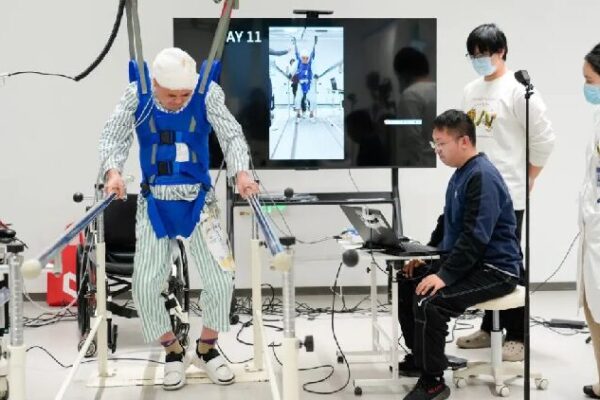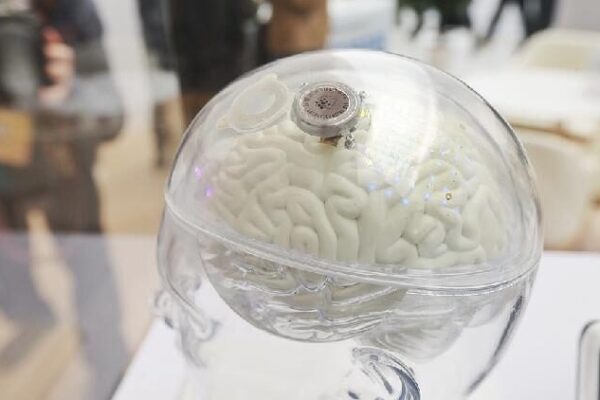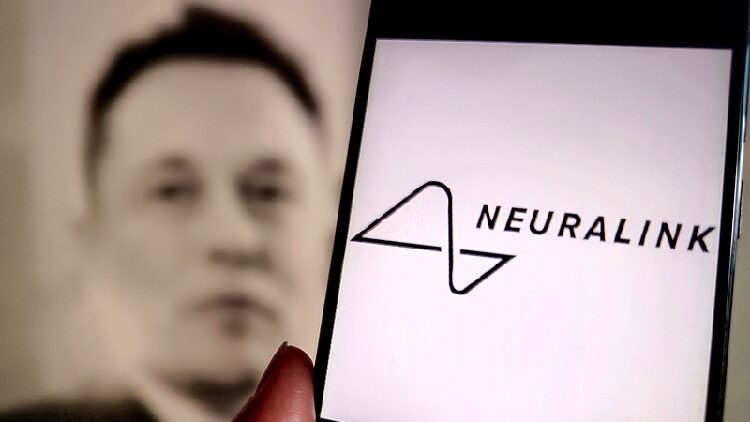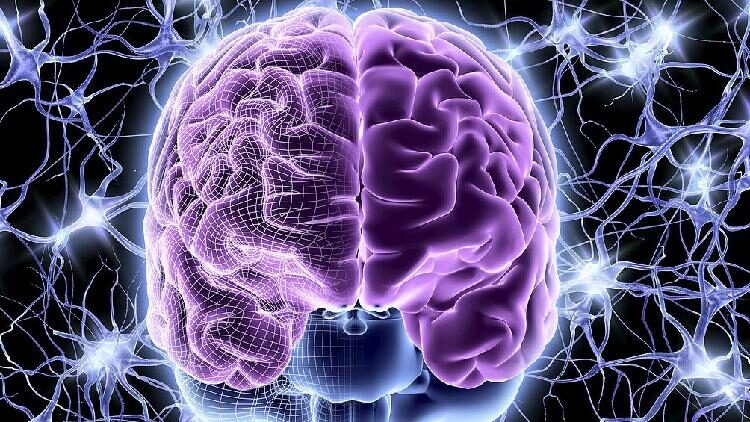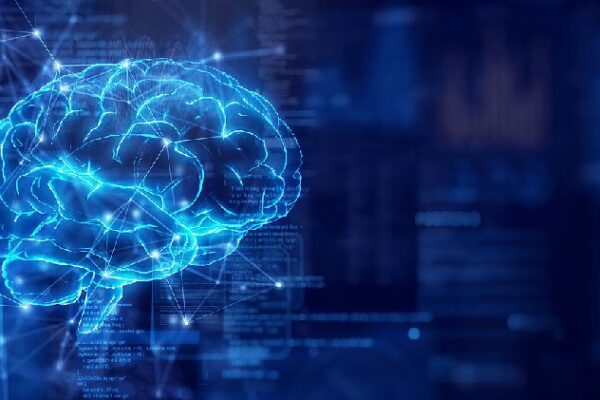Scientists have discovered that electrically stimulating a specific region of the brain can help people with spinal cord injuries walk more easily. In a groundbreaking study, patients regained mobility thanks to deep brain stimulation targeting the lateral hypothalamus.
One of the participants, 54-year-old Wolfgang Jaeger, noticed immediate improvements. “Now when I see a staircase with just a few steps, I know I can handle it on my own,” he said. The technique allowed him to conquer his fear of stairs and regain independence.
The Swiss research team, known for pioneering advances in spinal cord injury treatments, aimed to identify which brain region aids recovery after such injuries. Using 3D imaging techniques on mice, they mapped brain activity and were surprised to find the lateral hypothalamus—a region associated with arousal and motivation—played a crucial role.
By amplifying signals from neurons in this area through deep brain stimulation, commonly used for Parkinson’s disease, patients experienced immediate effects. When the device was activated, patients reported feeling an urge to walk.
Jaeger and another participant underwent months of rehabilitation and strength training alongside the brain stimulation. Both achieved their goals: walking independently and climbing stairs without assistance. Over time, Jaeger even improved his mobility when the device was turned off.
“It’s a great feeling when you don’t have to rely on others all the time,” Jaeger shared. His increased confidence and independence mark a significant step forward in treating spinal cord injuries.
While the results are promising, researchers caution that more studies are needed. The technique may not work for all patients, especially those with complete spinal cord injuries. Additionally, deep brain surgery may not be suitable for everyone.
The team believes that combining stimulation of both the spinal cord and the lateral hypothalamus could enhance recovery. This innovative approach offers hope to many living with the challenges of spinal cord injuries.
Reference(s):
cgtn.com

